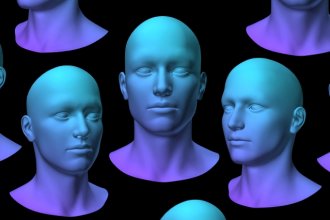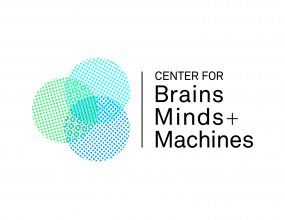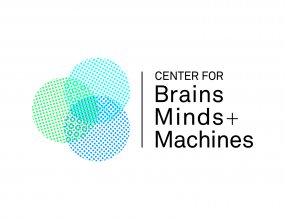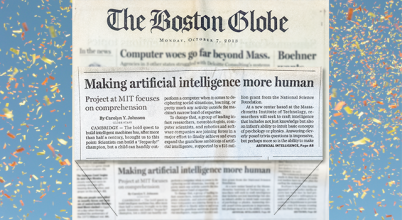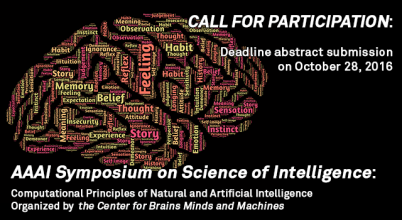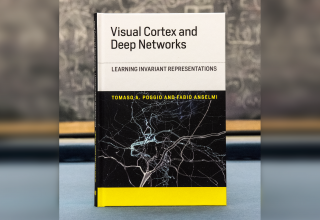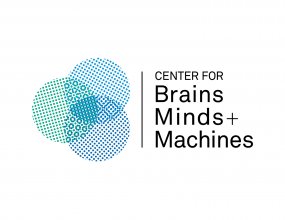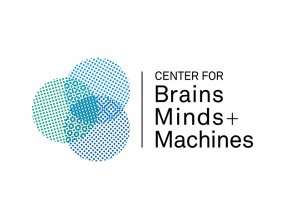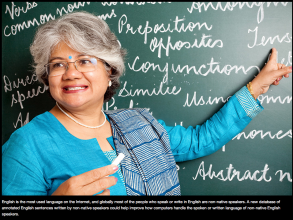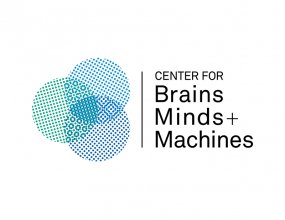Home Page Spotlights
article by Larry Hardesty, MIT News Office, December 1, 2016
Why are human inferences sometimes remarkably close to the Bayesian ideal and other times systematically biased? One notable instance of this discrepancy is that tasks where the candidate hypotheses are explicitly available result ...
Recordings of the lectures from June 2016's BMM Workshop in Sestri Levante, Italy are now being uploaded to the website. Eight (8) videos are available now with more coming soon.
We present a study on two key characteristics of human syntactic annotations: anchoring and agreement.
The prize, given by Columbia University, recognizes outstanding research contributions in the field of neuroscience.
October 7, 2013 - 3 years-ago today, the Boston Globe published a front page article announcing the formation of the Center for Brains, Minds and Machines.
The Pioneer Award supports individual scientists of "exceptional creativity, who propose pioneering and transforming approaches to major challenges in biomedical and behavioral research."
Deadline abstract submission on October 28, 2016 - AAAI Symposium on Science of Intelligence: Computational Principles of Natural and Artificial Intelligence Organized by the Center for Brains Minds and Machines Dates: 27-29 March 2017 Place: Stanford U.
Tomaso A. Poggio and Fabio Anselmi released a new book in the field of Computational Neuroscience published through The MIT Press last week.
MIT News | Joshua Sariñana | August 30, 2016
The paper briefly reviews several recent results on hierarchical architectures for learning from examples, that may formally explain the conditions under which Deep Convolutional Neural Networks perform much better in function approximation problems ...
The human infant brain is the only known machine able to master a natural language and develop explicit, symbolic, and communicable systems of knowledge that deliver rich representations of the external world. ...
Resource could yield linguistic insights, practical applications for non-native English speakers. Article by Larry Hardesty, MIT News Office, July 29, 2016.
We introduce the Treebank of Learner English (TLE), the first publicly available syntactic treebank for English as a Second Language (ESL). The TLE provides manually annotated POS tags and Universal Dependency (UD) trees for 5,124 sentences ...

